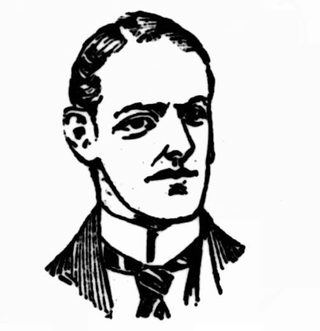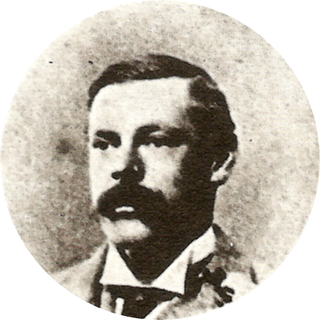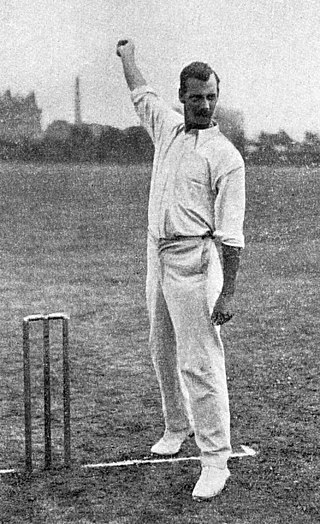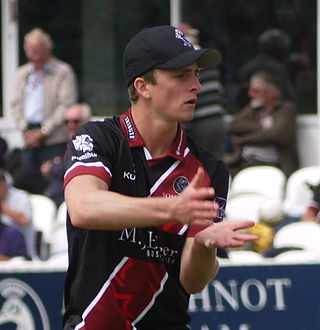
Yeovil is a town and civil parish in Somerset, England. The population of Yeovil at the last census (2021) was 49,698. It is close to Somerset's southern border with Dorset, 126 miles (203 km) west of London, 41.8 miles (67.3 km) south of Bristol, 6 miles (9.7 km) west of Sherborne and 27.6 miles (44.4 km) east of Taunton. The aircraft and defence industries which developed in the 20th century made it a target for bombing in the Second World War; they are still major employers. Yeovil Country Park, which includes Ninesprings, is one of several open spaces with educational, cultural and sporting facilities. Religious sites include the 14th-century Church of St John the Baptist. The town is on the A30 and A37 roads and has two railway stations.

The County Ground, known for sponsorship reasons as Cooper Associates County Ground, is a cricket ground in Taunton, Somerset. It is the home of Somerset County Cricket Club, who have played there since 1882. The ground, which is located between Priory Bridge Road and St James Street, has a capacity of 8,500. The ground was originally built as part of a sports centre by Taunton Athletic Club in 1881, and became the home of the previously nomadic Somerset County Cricket Club soon after. Having leased the ground for ten years, the club bought the ground in 1896, under the guidance of club secretary Henry Murray-Anderdon. The ground ends are the River End to the north and the Marcus Trescothick Pavilion End to the south.

Norman Stewart "Mandy" Mitchell-Innes was an amateur cricketer for Somerset, who played in one Test match for England in 1935. Between 1931 and 1949 Mitchell-Innes played 132 first-class matches, appearing 69 times for Somerset, and 43 times for Oxford University. In these matches he scored 6,944 runs, including 13 centuries and a top score of 207. He was well-regarded for the grace of his batting, but his cricket career was limited by both hay fever and his overseas work commitments.

Montagu Henry Toller was an English cricketer who played for both Devon and Somerset in the late 19th century. He made six first-class appearances for Somerset, all in 1897, but was predominantly a good club cricketer. In 1900, he was part of the Devon Wanderers team that represented Great Britain in the 1900 Summer Olympics, the only time cricket has featured in the Olympics.

William Nichols Roe was an English first-class cricketer who played for Somerset County Cricket Club and Cambridge University in the late 19th century. A right-handed batsman who could play aggressively, but with a sound defensive method, Roe was considered one of Somerset's leading batsmen of the era. He played without merit for Cambridge, and only achieved his Blue during his final year at the university.
The Western Gazette is a regional newspaper, published every Thursday in Yeovil, Somerset, England. The newspaper and digital operation is based at the Yeovil Innovation Centre.
Stephen Cox Newton was an English cricketer who represented, and captained, Somerset County Cricket Club in the late 19th century. During a 14-year first-class cricket career, he also represented Cambridge University, Middlesex and the Marylebone Cricket Club (MCC).

Edward Sainsbury was an English cricketer who represented, and captained, Somerset County Cricket Club in the late 19th century. During a 10-year first-class cricket career, he also represented Gloucestershire and the Marylebone Cricket Club (MCC).
Clifford Jack Andrews was an English first-class cricketer and rugby union player.
Gerald Trump is an English cricketer, schoolmaster and the founder, and headmaster, of Edington School. He was a medium pace seam bowler who generally opened the bowling. He played for Devon and Somerset second XI between 1958 and 1977. He was captain of Devon between 1970 and 1972.

In the 1891 English cricket season, Somerset County Cricket Club returned to first-class cricket after a five-year absence. They competed in the County Championship, which had been established the previous year, for the first time. Somerset began the season poorly, drawing one and losing two of their opening three fixtures, after which there were some comments in the press questioning whether the club deserved to be playing first-class cricket. A victory over Kent in their next game shifted opinion in their favour, and another win later in the season over Surrey, who won the County Championship in both 1890 and 1891, gained them further plaudits. Overall, Somerset won five, lost six and drew one of their County Championship matches, and finished fifth in the table, level with Kent.

John Bonamy Challen was a Welsh amateur sportsman who played first-class cricket and association football during the late 19th century. He played football for Corinthian F.C., and was selected to play for Wales four times between 1887 and 1890. As a cricketer, he made over 50 first-class appearances, all for Somerset County Cricket Club. His availability in both sports was limited by his career in education; he was headmaster at a number of schools across southern England.
Walter Lancashire was an English amateur first-class cricketer of the 1930s and a schoolteacher.

Thomas Soar was an English first-class cricketer. Soar initially played an important part in facilitating Hampshire's readmission as a first-class county in 1895, forming a potent bowling partnership with Harry Baldwin. With Hampshire's return to first-class status in 1895 and their admission to the County Championship, he went onto make 101 first-class appearances, in which he took over 300 wickets and scored nearly 2,000 runs. He later coached cricket at Llandovery College in Wales, where he played minor counties cricket for Carmarthenshire.
Alexander Campbell Shirreff, known as Alan Shirreff, was an English pilot who served in the Royal Air Force Volunteer Reserve during the Second World War, and after the war he continued his military service with the Royal Air Force. Shirreff was also an amateur cricketer who played first-class cricket either side of the war, mostly for the Combined Services cricket team and Kent. He played as an all-rounder in nearly 120 matches, taking over 300 wickets with his medium pace deliveries.

Henry Fox was an English businessman, sportsman, and adventurer. He played cricket and rugby for his county, and began climbing mountains in the mid-1880s. He was part of the Fox family of Wellington, Somerset, and was a partner in the family business, Fox Brothers, a prominent textile manufacturer.
Somerset County Cricket Club made their debut in first-class cricket in the 1882 English cricket season. They were captained by Stephen Newton, and played eight first-class matches, five against county opposition, two against the Marylebone Cricket Club and one against the touring Australian team. They only won one of the eight contests, that against Hampshire at Taunton. Of the other matches, one was drawn and the other six were all losses for Somerset. Wisden Cricketers' Almanack described the season as "disastrous", but the publication qualified this statement with mild optimism for 1883.
In 1883, Somerset County Cricket Club played their second season of first-class cricket. They were captained by Stephen Newton, and played in seven matches, six against county opposition, and one against the Marylebone Cricket Club (MCC). They won only one of their seven contests, that against Hampshire at Taunton. Of the remaining matches, the one against the MCC was drawn, and the other five were all losses for Somerset.

Thomas Benjamin Abell is an English first-class cricketer who plays for Somerset County Cricket Club.











